
I started reading photo blogs in 2008.
The curator Charlotte Cotton told me about a website she’d created at LACMA, called Words without Pictures.
She’d invited photo-world-types to participate, and as I perused their bios, I learned about some of the people who were blogging already.
Andy Adams’ Flak Photo was listed, and Jörg Colberg’s Conscientious came up as well.
So I started there, and through Jörg’s then-coveted blogroll, I began to follow certain other people, learning about their lives and art.
Blake Andrews had a blog back then, as did our Rob Haggart, and Bryan Formhals. (Brian Ulrich too.) It wasn’t just men, though, as I remember blogs by Elizabeth Fleming and Liz Kuball, among others.
I joined the club in 2009, with a little collaborative blog based in New Mexico called Flash Flood. (We had to change the name when a weirdo in Boston threatened to sue us.)
Regardless, it was a world of ideas and opinions, in a much longer form than the social media that would soon replace it. But blogs were cool enough that big players, like Time Magazine and the New York Times, felt compelled to get in on the game, and both of their offerings have since gone away.
We’re still here, though.
(And we have long memories.)
I mention this, because while I was standing in the middle of the open portfolio walk at Photolucida a few months ago, in the Portland Art Museum, I happened to see Andy Adams, of Flak Photo, talking to a guy who I soon realized was Blake Andrews.
As I approached and said Hello, (Andy and I go way back,) we formed a triangle of old-school, white-guy-photo-bloggers that had historical weight.
Immediately, I challenged Blake, (whom I’d never met,) for some of the difficult, troll-ish comments he used to leave here in the column, in the years when such ball-busting and strife were common.
He was surprised that I remembered, and even more surprised and offended that it was the first thing I brought up when we met.
I was mostly teasing, and laughing about it too, but at the same time, it was nostalgic. Ten years starts to feel like a long time, and the internet and the way we communicate are so different from the way they were.
The festivals have stuck around, in much the same format, though, and it’s because they work so well.
Photolucida, which might benefit from being biennial, really does take over part of the city, and has massive participation from locals and the out-of-towners who fly in. Between their association with the Portland Art Museum, and the legendary Blue Sky Gallery, having parties at such places makes the official events feel more special.
(And remember, I go to a lot of these.)
I think I ruffled Blake’s feathers, for reminding him of the all times he gave me grief back in the day, but I really was just joking around, and after reminding him of that, I excused myself.
As it happened, I saw a colleague who’d staked out a good spot to chill, and after we talked for an hour or so, he invited me to join him and another colleague at a Death Metal concert the next night.
A big part of my job lately has been to live through cool things so I can write about them, (like a proper travel writer,) so I immediately said yes, and was excited for a new opportunity.
Then I went home, went to bed, reviewed 12 portfolios the next day, went to a fun reviewer party at a local brew-pub, and then it was time to go.
The bar was called Dante’s, and yes, it was reminiscent of Hell. (But in a good way?) From the second we got within 100 feet of the place, I knew I was in for something new.
It was just so fucking loud.
My companions offered me ear plugs, which were beyond necessary, and I put them in with gusto.
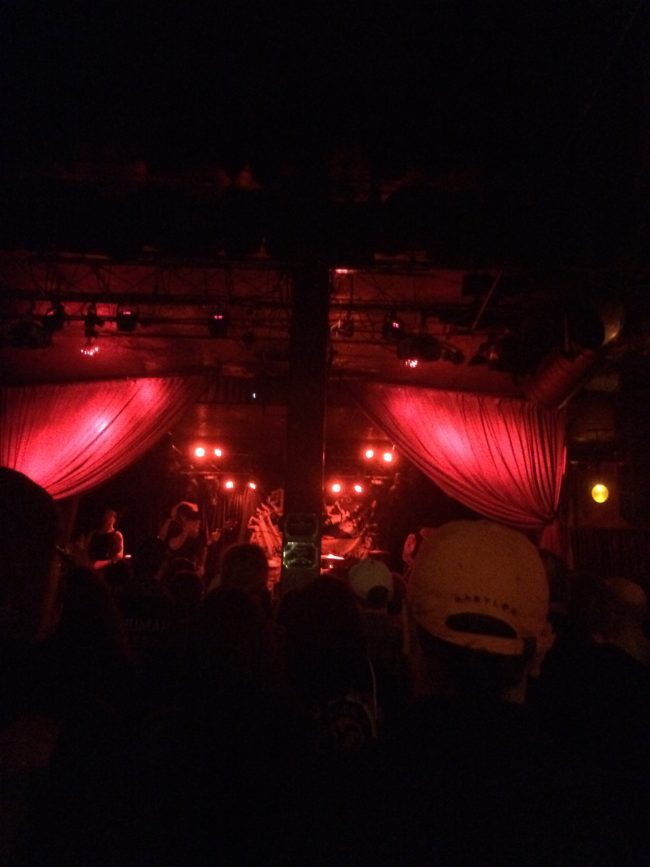
Honestly, this entire sub-culture seemed to revolve around ear plugs, and not being able to hear shit, because I watched the ease with which the bouncers used hand signals, instead of talking.
I’m still not entirely sure if this was Death Metal or Hardcore, because a music-nerd friend insisted it was the latter.
I get that, as I could see a lot of California punk in the band’s movements. (Like the Red Hot Chili Peppers on meth.)
We were there to see “Integrity,” which came out of the Baltimore-DC 90’s hardcore scene, I was told, and the lead singer may now live in Belgium, and he may be a Satan Worshipper.
I’m not clear on the latter, (as I heard it both ways,) and the truth is, I spent a bunch of time on the patio, smoking weed, talking to people, and soaking up the difference.
Were there a lot of scary-looking, big, white-supremacist-type people?
Yes.
You bet there were.
And then, all of a sudden, the crowd parted like one of Moses’ tricks, and I saw the shaved-headed, scary-looking-white-guy-bouncers taking out a bunch of fighting, skin-head-looking dudes.
I turned to my colleague and said, “How much you want to bet those guys were white supremacists?”
“They were totally white supremacists,” he replied.
So a few minutes later, once things had calmed down, I asked one of the bouncers.
“No, they weren’t white supremacists,” he said. “They’re the guys that fight the white supremacists. This was two different gangs that fight white supremacists, and they don’t like each other.”
“Like Antifa?” I asked?
“No,” he said. “Not at all. Antifa is a whole different crowd.”
“Fair enough,” I said, and walked back to my companions.
At the end of the night, I bought a drink for the Integrity guitarist, and after that last shot, I started chatting up the security again.
One guy looked genuinely menacing, and ready to blow.
He was so fired up.
“I can’t believe those assholes came into my house and fucked with my guys. I can’t believe it! They should know better. I’ve got enough guns downstairs for each of my guys to have two a piece. I’m going to go out and find those fuckers. I know where they hang out. And I’m gonna fuck them up.”
At that point, I realized it might be a good time for me to leave.
So we did.
I promised you guys that weird shit happened in Portland, and now I hope you believe me.
But my main reason for being there was to view portfolios and share them with you here.
So let’s get to it.
The artists, as usual, are in no particular order, but these portfolios represent some of the Best Work I saw at Photolucida.
I’m going to start with Caren Winnall, because in my mind, she represents the best case scenario from what can come from the portfolio review process.
We first met at Filter in Chicago a few years ago, as she was beginning on her fine art photography adventure. Her work was fairly rudimentary, but she told me she’d had success in her first career in finance, and was dealing with grief from heavy loss.
I chose to focus on the few things that were working well in her images, (her use of the color red in particular,) and offered her as much positive reenforcement and empathy as I could.
From there, Caren did workshops, and studied with good people in the photo community, and built the equivalent of a graduate school education, a bit a time. (I believe we met one more time, as her work evolved, but my brain is too fried to be sure.)
Fast forward to April, and the same woman came to my table, showing me nakedly raw, honest, heartfelt self-portraits, made with a sharp lens, a high resolution camera, and significantly improved skills.
These images were so striking, for me, and her improvement so remarkable, that I’m pretty sure I teared up a bit. (I did, right Caren?) I’m certain you’ll love them.
To break that tension, next, we’ll look at Ira Wagner’s images, as he too was a late-in-life career shift artist. Ira went back to school and got his MFA at Hartford, so now he’s teaching in my old stomping grounds at Monmouth University in Long Branch, at the Jersey Shore.
(Ira, did you eat at Rockafellers yet?)
These photographs were made of twin houses in the greater Philly area, and represent a little sociological look into the human condition.
These double-row houses force people to share space, and the way they choose to utilize it differently is obviously visually engaging, but also allows us to think about our own personal taste and foibles.
Heather Binns had one of the most interesting personal narratives I heard, with respect to the origin of her project. Apparently, she moved to the Portland area a while back, and only then found that her Great-Grandmother had lived and died there.
She discovered that her ancestor was buried in a massive mausoleum, and went for a visit. Only then did she learn about the massive facility, in which so many people’s corpses were laid to rest, above ground. (It’s 8 floors, with 7 miles of corridors, and contains 70-75,000 dead people.)
So she began spending time there, photographing the oddity. Maybe we should have saved this one for a Halloween article, but of course the images are lovely, rather than creepy.
Now that I think about it, perhaps Sam Scoggins had the wildest story. Sam’s an Englishman, from Bristol, who was trained as a filmmaker, but now lives in Upstate New York.
A few years ago, he got turned on to a weirdo-bar scene in his local area, and thought it was interesting. When I asked him about how his work fit, in a world where insider visions are so heavily favored over outsider stories, he had quite the answer.
Apparently, a recent medical condition had changed his sexuality. His preferences were different, his self-identification was different, and he shared that this community had completely embraced him as one of their own, even if he didn’t look the same as they do.
Love it!
Cecilia Borgenstam was one of the photographers I alluded to, in earlier pieces, as she showed me these images shot in Golden Gate Park in San Francisco.
Cecilia is Swedish, originally, is art school trained, and runs with the Richard Misrach crew. So when I first saw them, I kind of assumed that they were sculptural-type images, in which she’d manipulated the scene.
With the sad, almost Nordic light, I slowly began to wonder if they weren’t artful documents, which in fact they are. Given the homeless problem in the city, (of which I’ve written many times before,) these images reflect relics of people sleeping out, unexposed, living in this micro-version of nature in a now unaffordable city.
She admitted she’d gotten a hard time, as some folks believe you can’t photograph such things unless you’re homeless yourself. (But can still afford a camera?) I felt that the tragic tone of the pictures spoke volumes, and were more likely to create empathy in others. (And Cecilia stressed that whenever she sells work, a portion of the proceeds are donated to the Larkin Street Youth Services.)
We’ll end with Philip Sager, if for no other reason than it keeps the San Francisco connection alive. (And I’ll be there in a couple of weeks, so it’s on my mind at the moment.)
With all these insane personal narratives, perhaps Philip’s trumps them all, as like Caren and Ira, he too had a successful first career, (and still does,) as a cardiologist. Why is that so interesting, you may ask?
Because one night in the event, I heard and saw an ambulance come screaming up the Benson Hotel. I looked down from my window, and then thought, “It’s a huge hotel. What are the odds it’s someone I know?”
And then I went to bed.
Turns out, Ann Jastrab, a friend and colleague, had an allergic reaction, and almost died. Then, the hospital sent her home prematurely, she almost died again, and was only saved by Dr. Philip’s brave and timely intervention. (He’s one of Ann’s students.)
Crazy stuff.
As to the photographs, Philip also has built up his education, step by step, and showed me work of reflection images in SF. While it’s normally a trope I’d recommend avoiding, in a Post-Lee-Friedlander world, these are so lovely.
The way they capture the architecture and vibe of SF, (beautiful but with visible grit,) reminded me that it’s possible to breathe new life into almost any trope.
It’s just really hard to do.
See you next week!
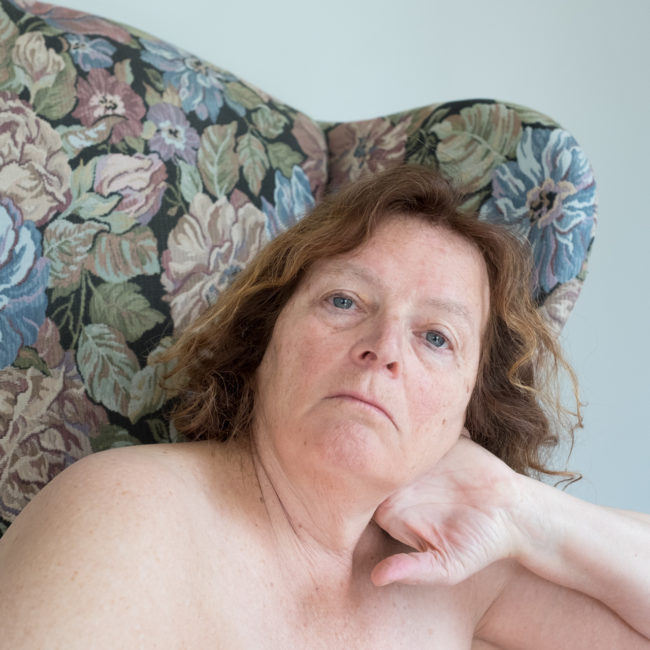
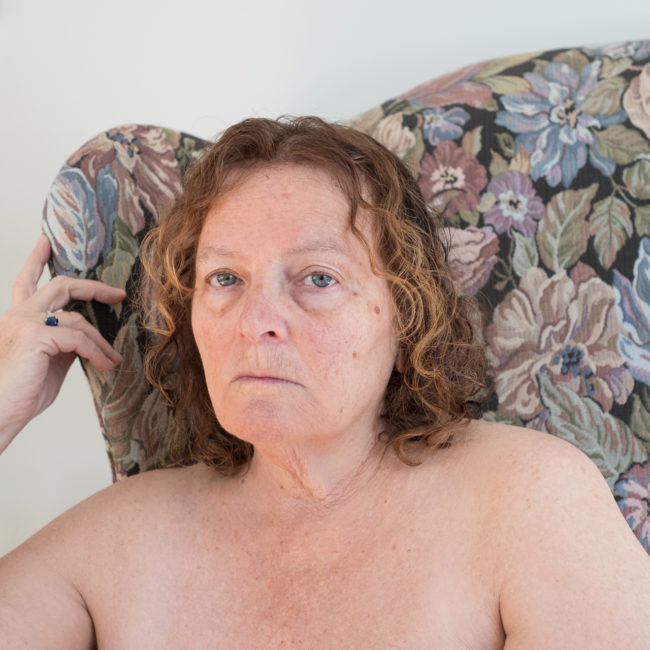
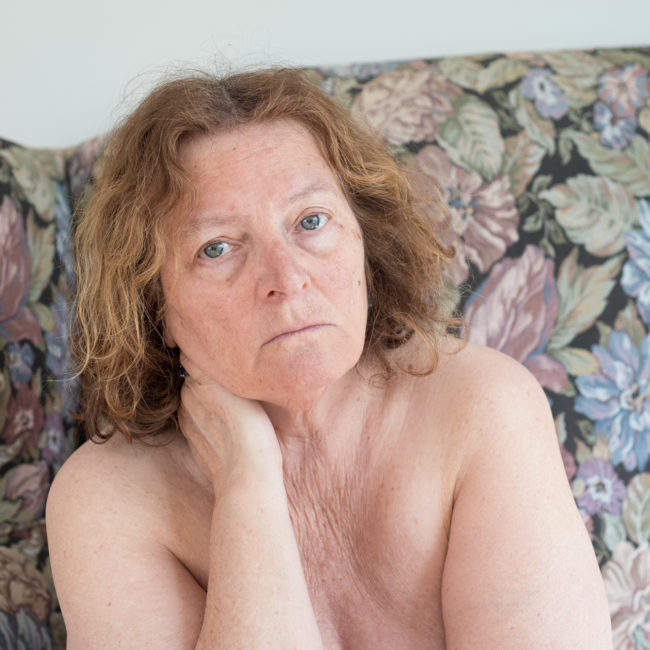

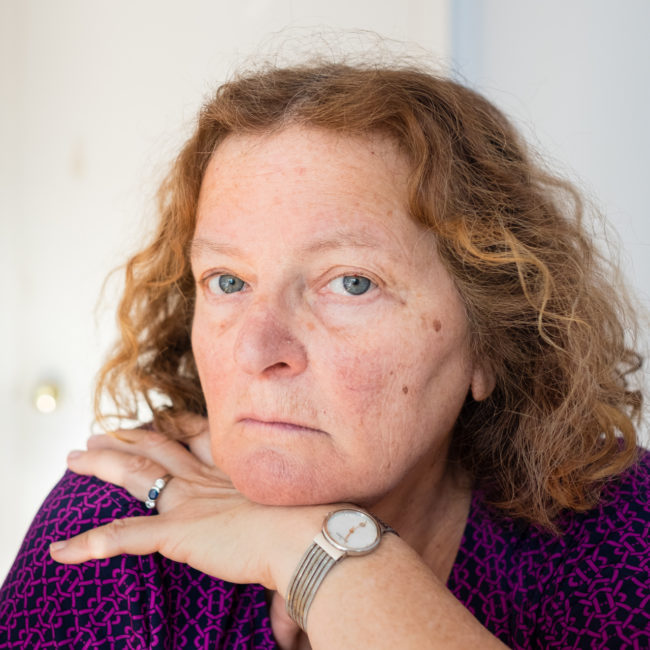
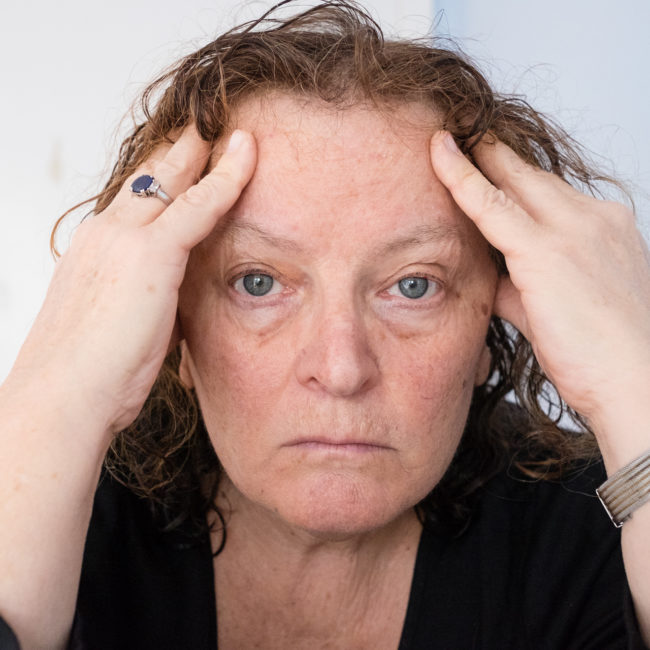
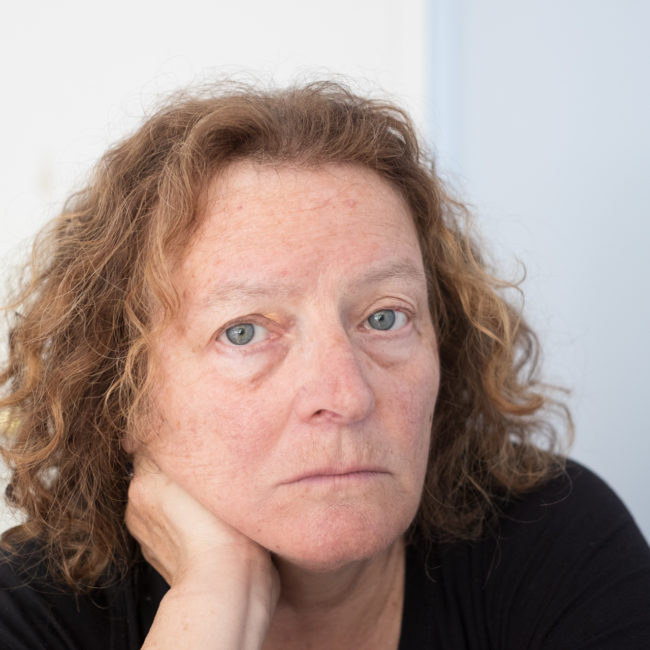
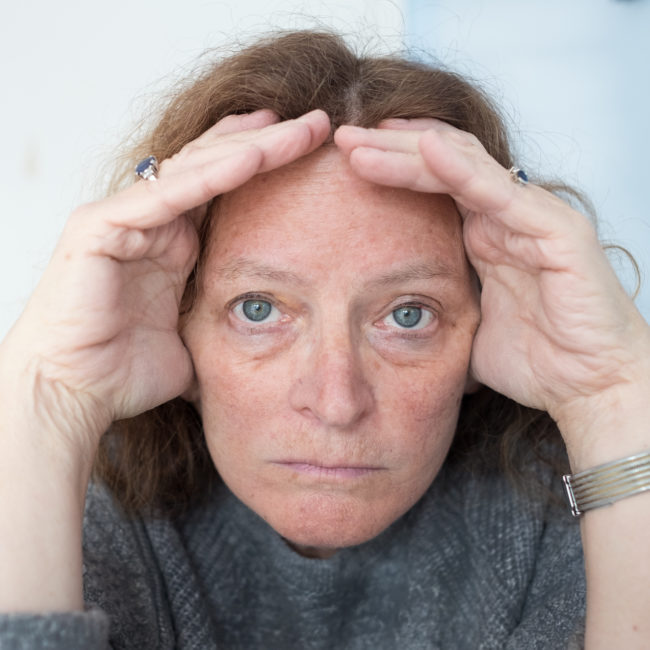


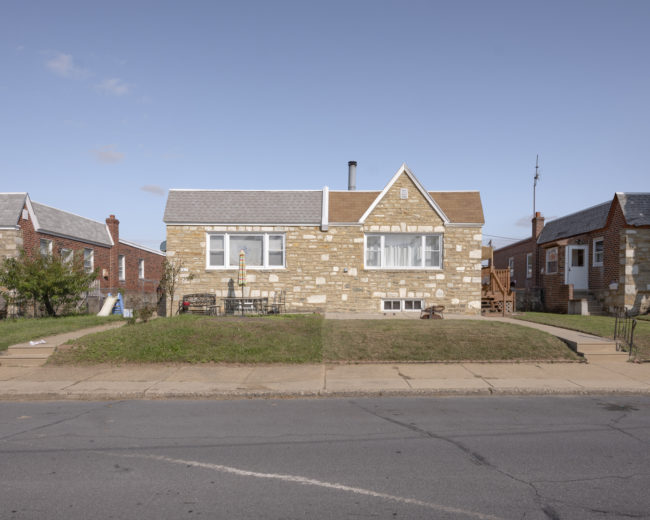


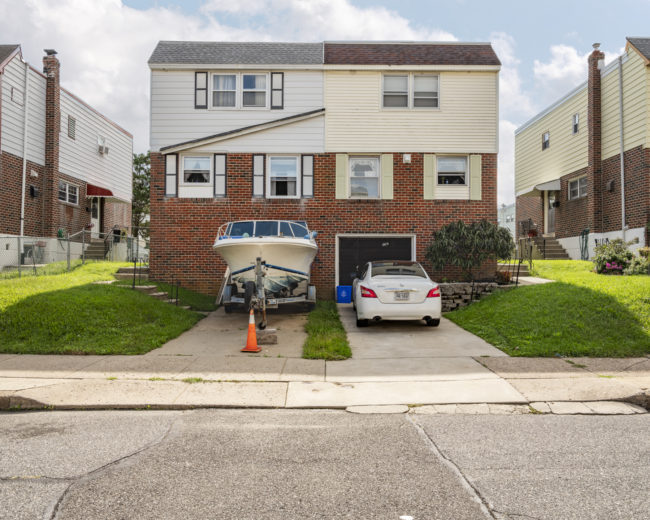
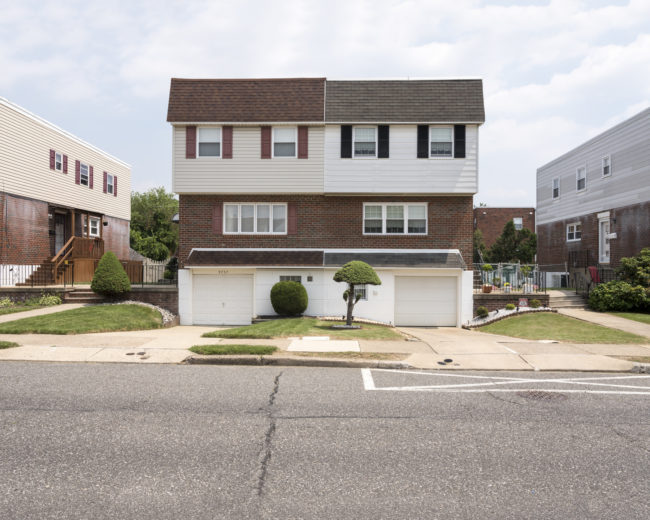
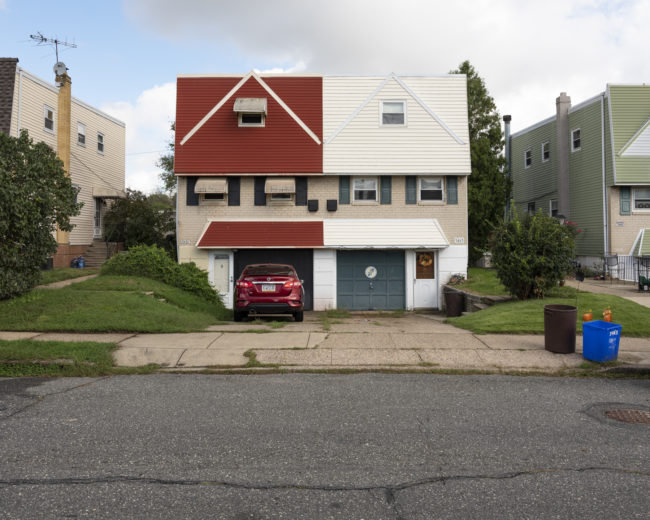
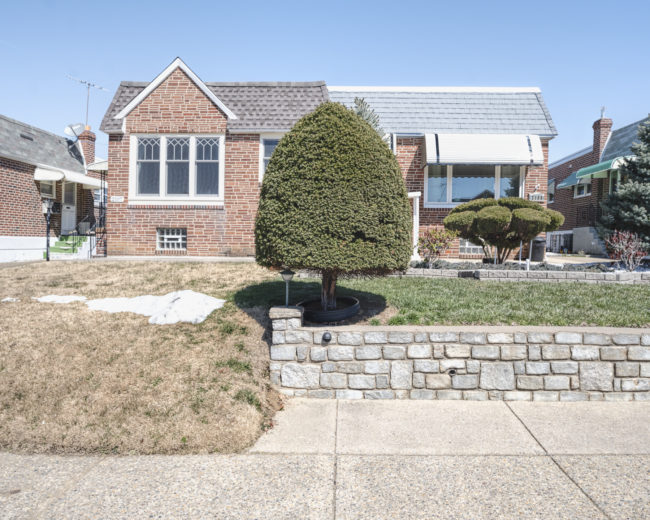

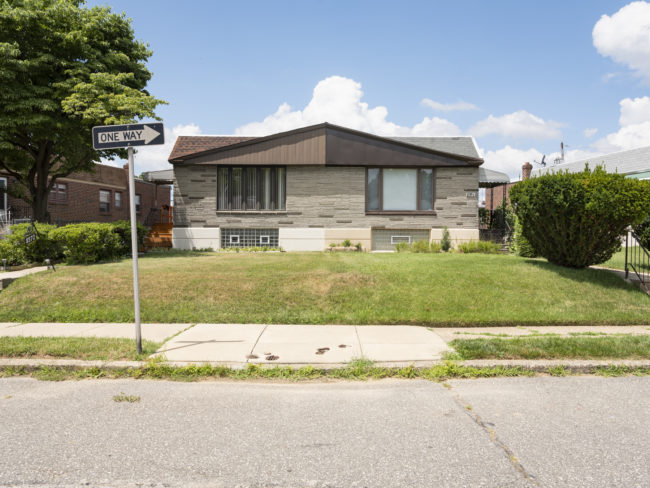
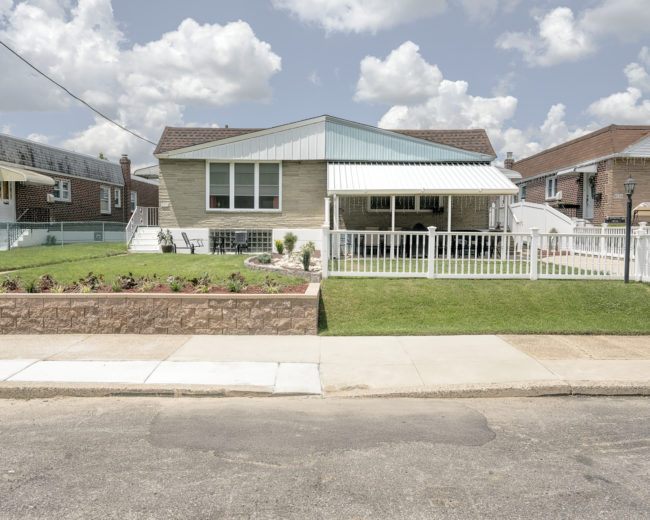

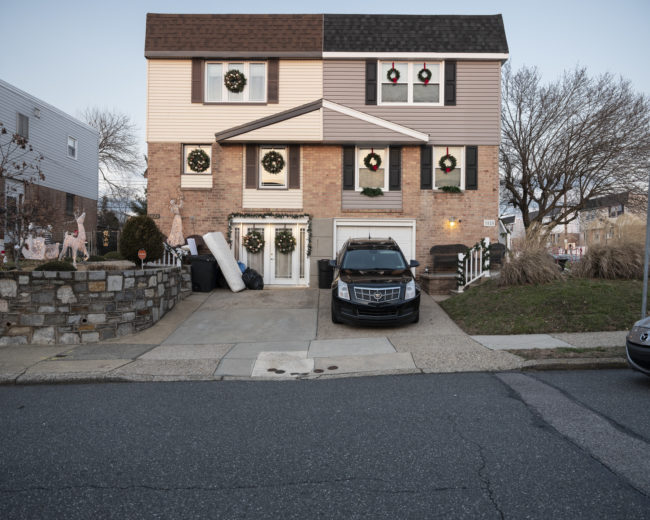
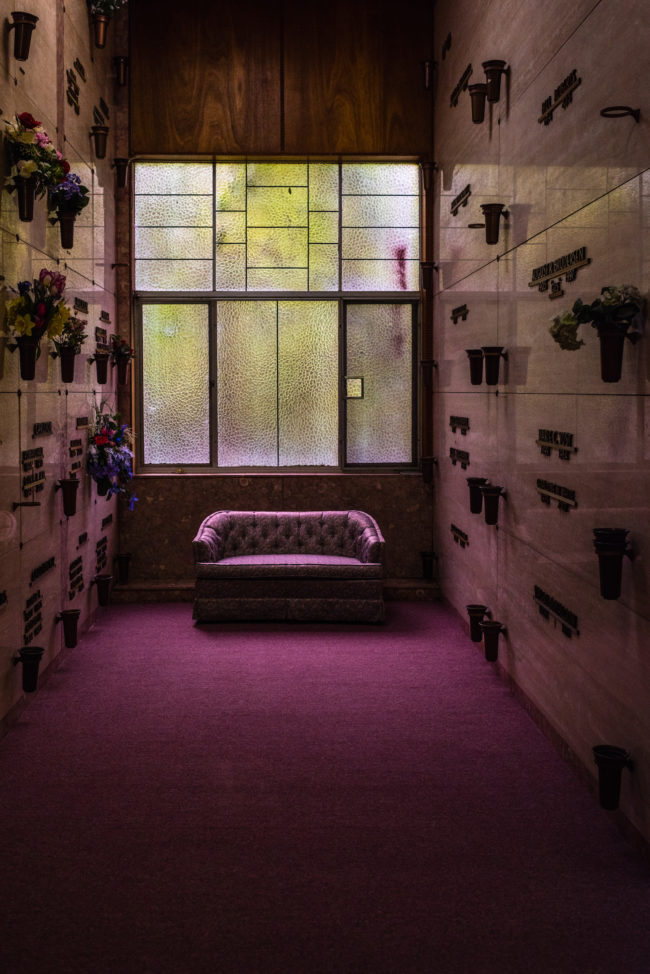

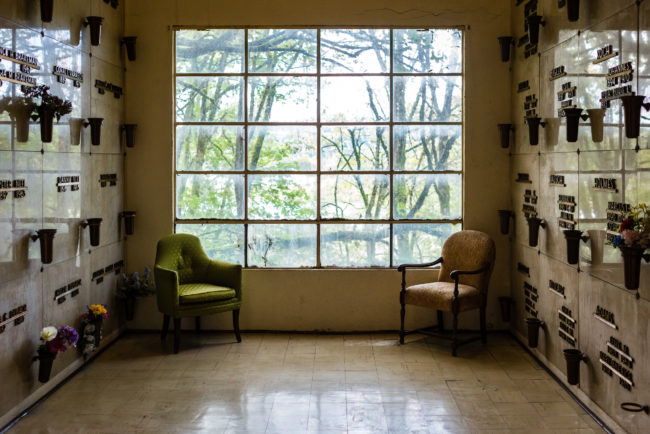
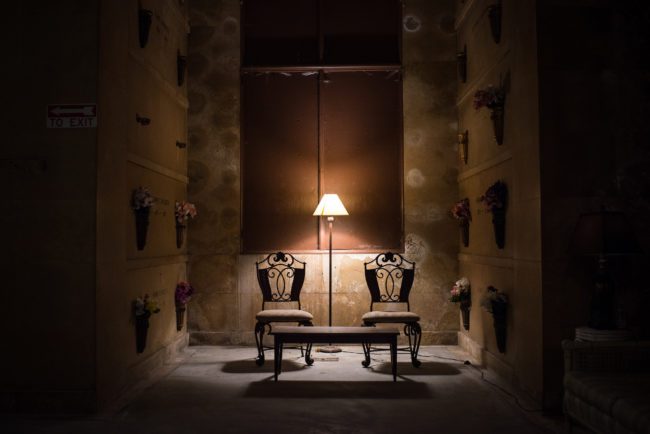

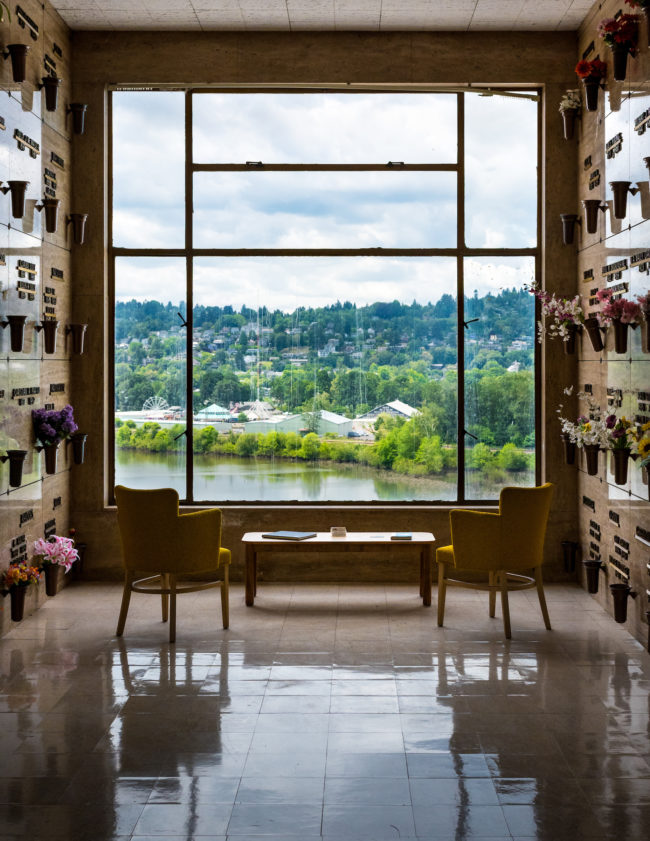
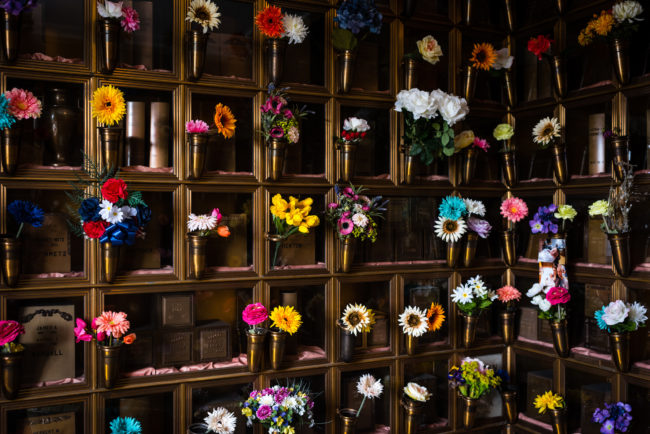


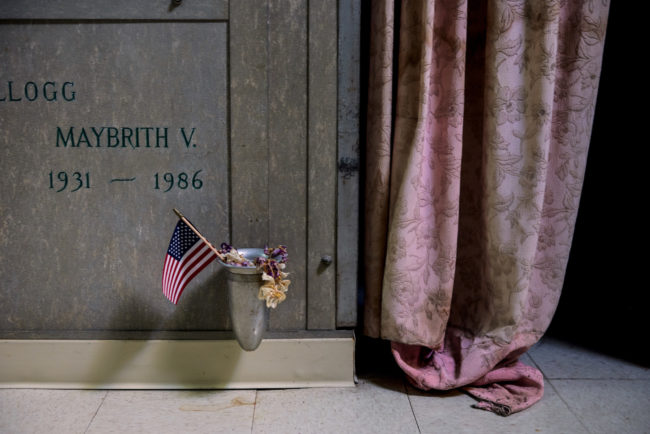
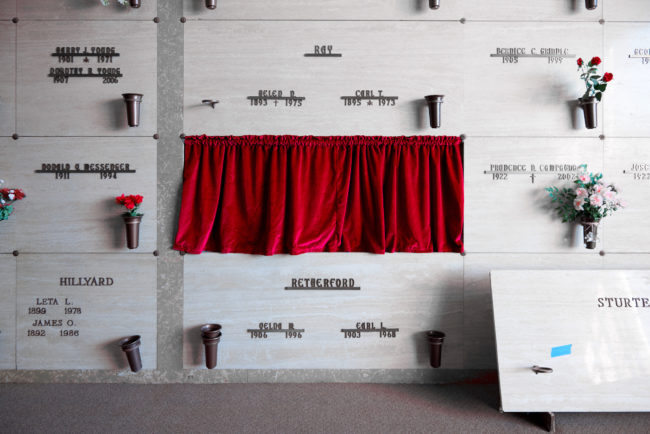
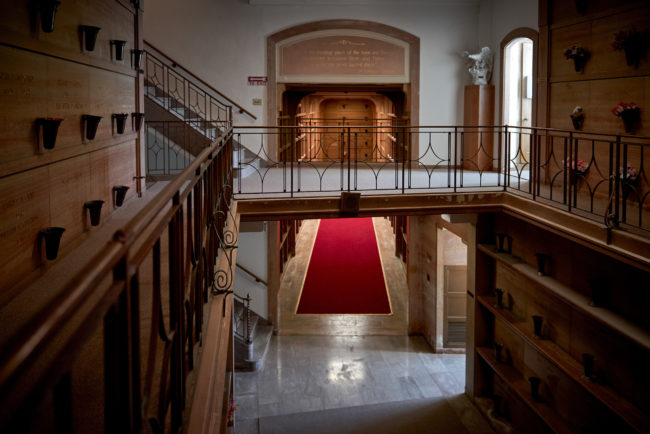
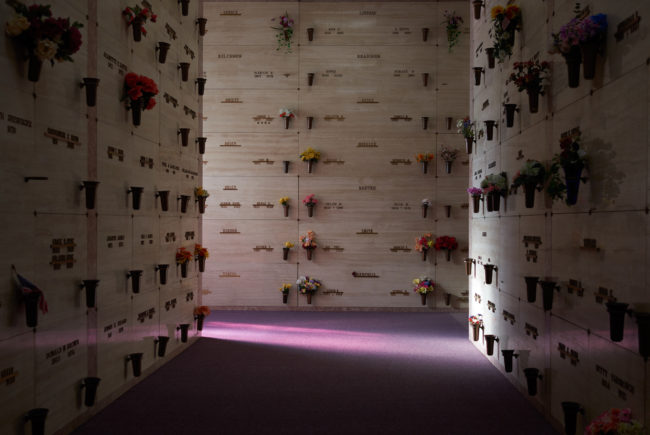
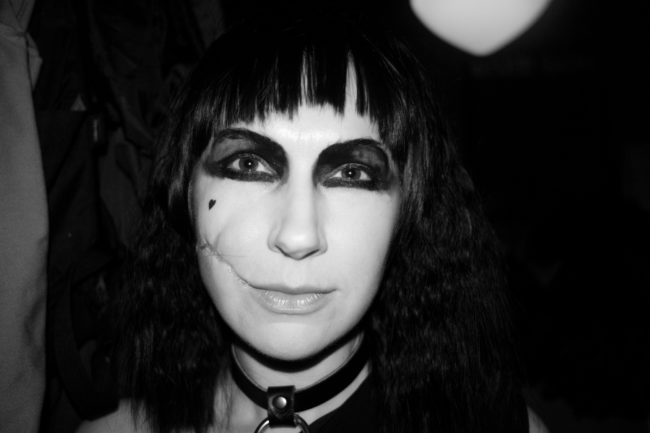
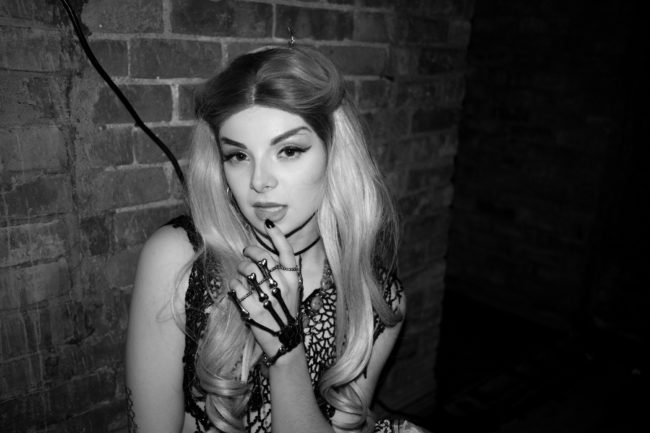

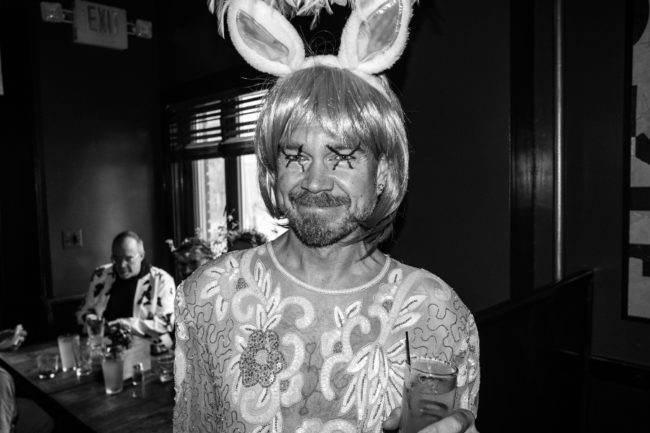
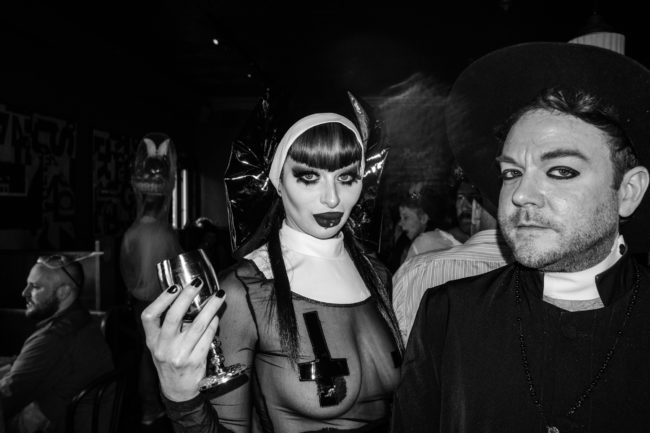
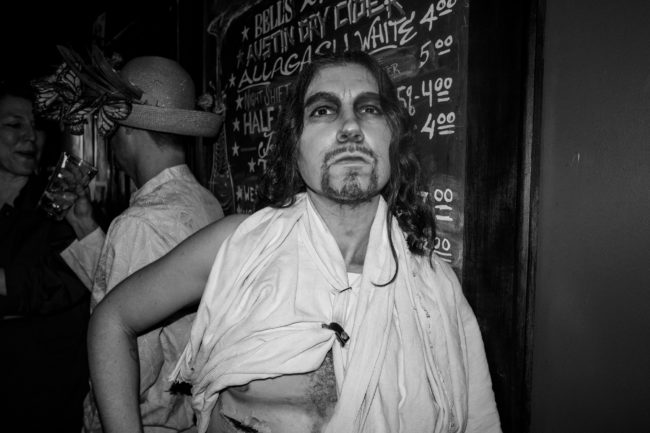
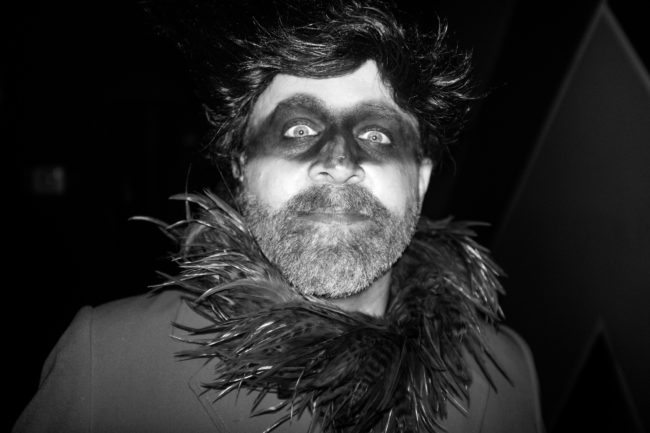
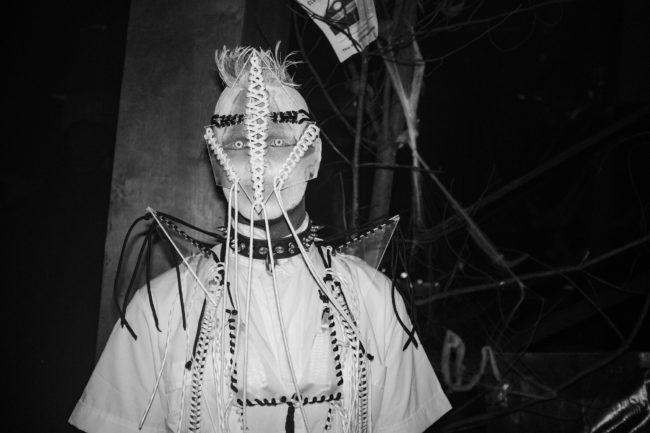

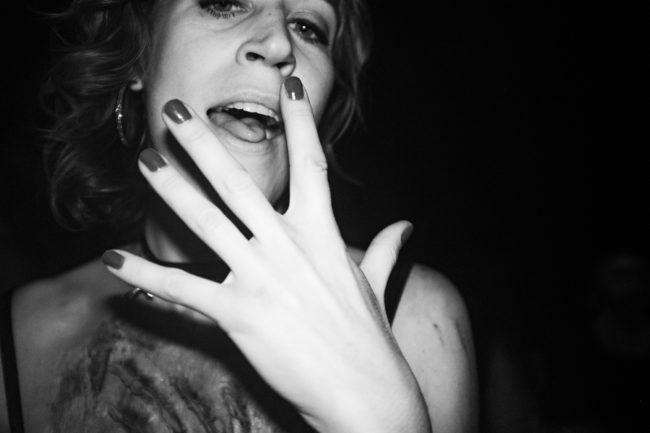
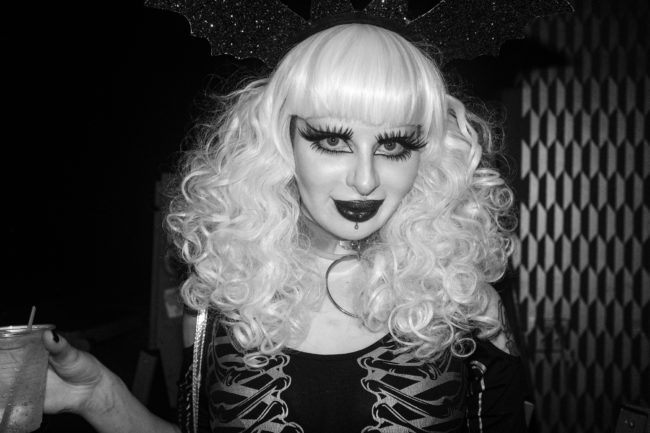
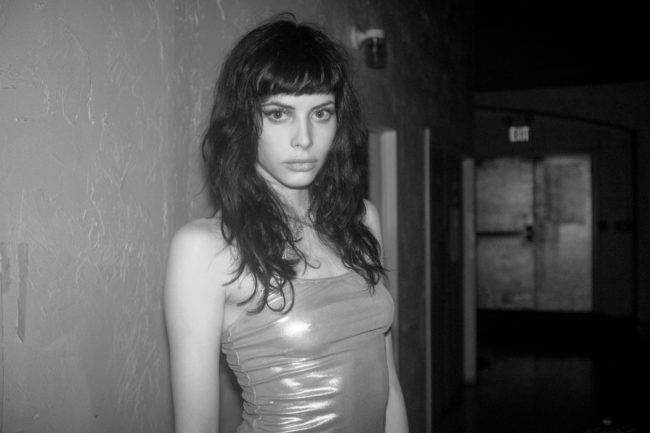
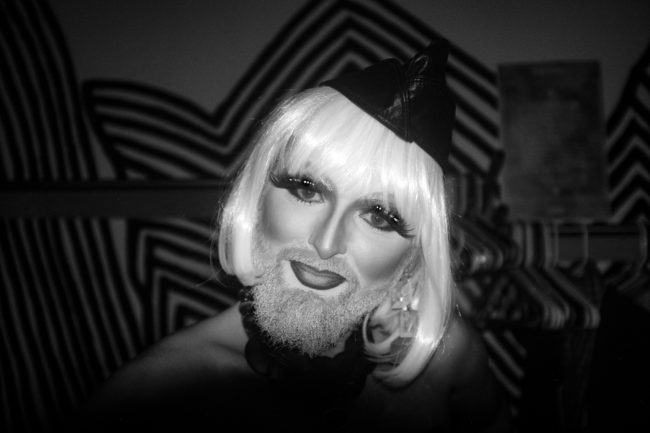
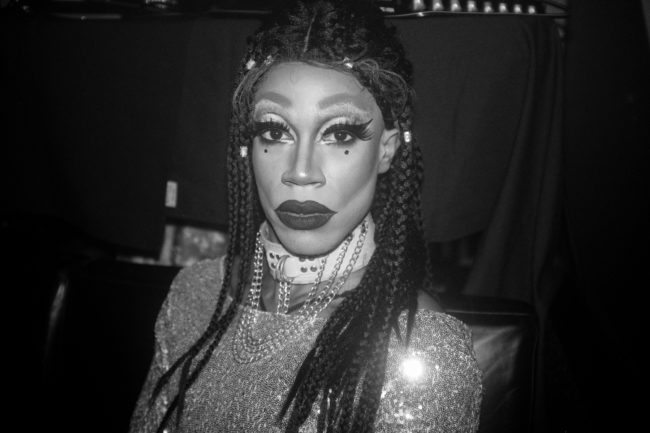

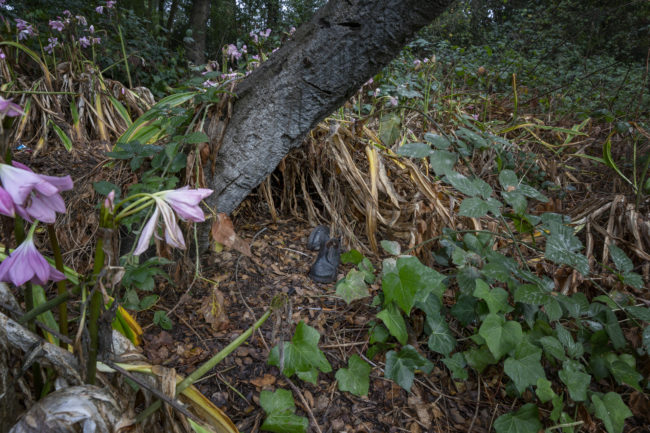
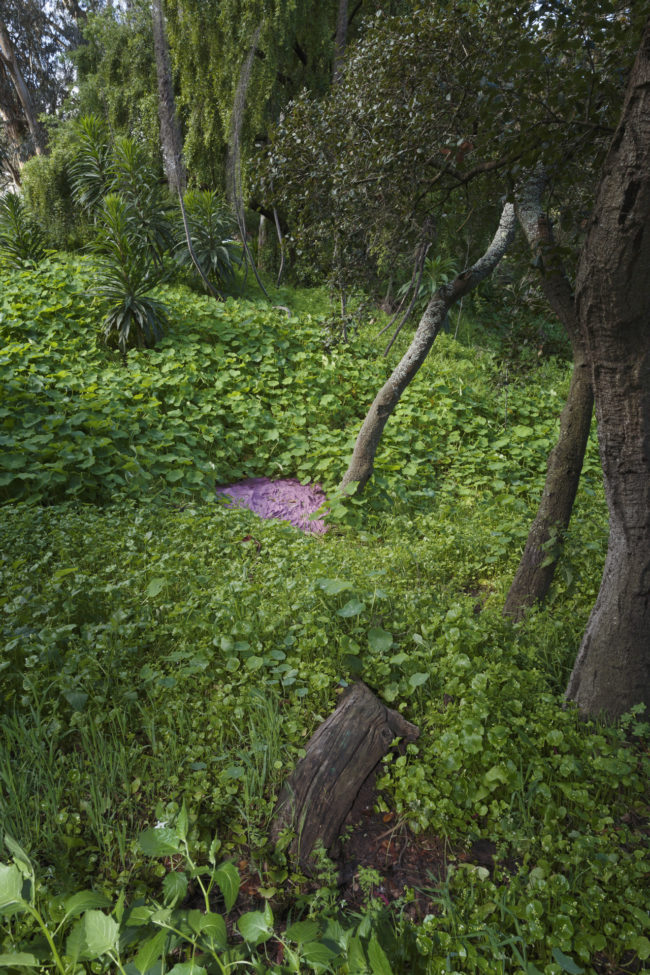
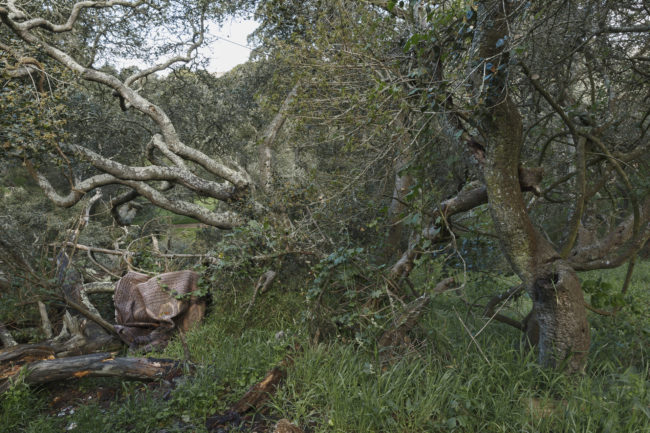
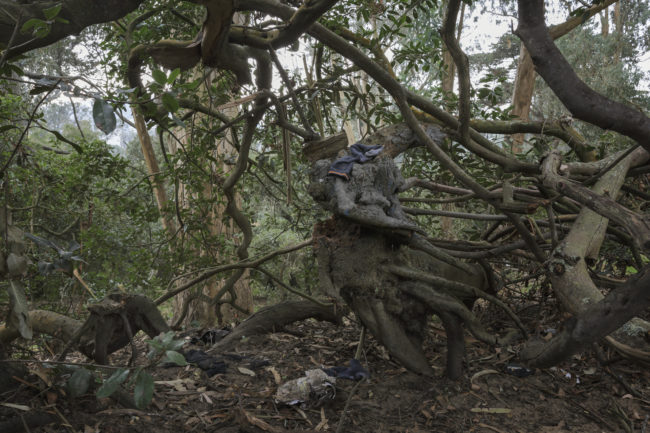
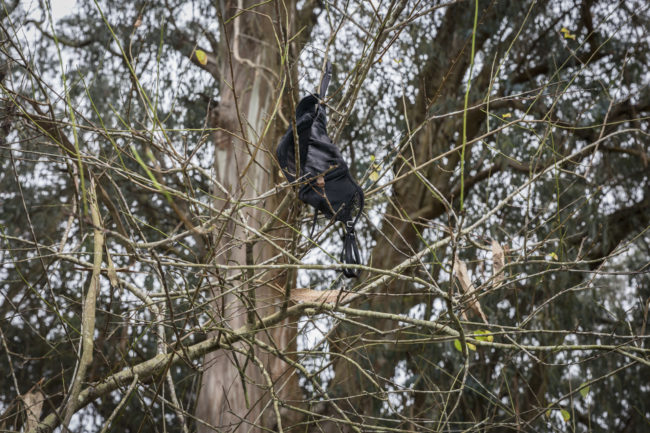

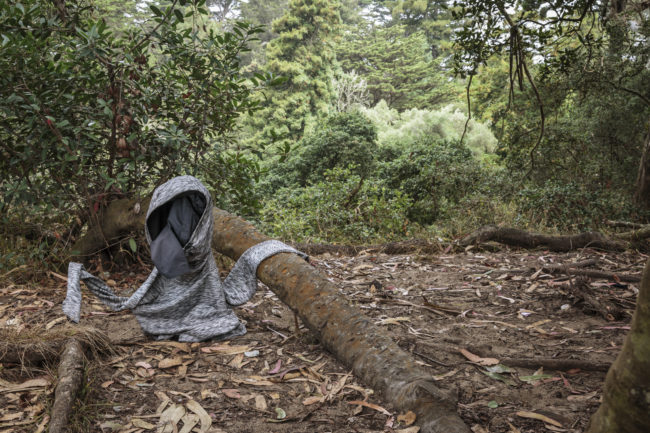

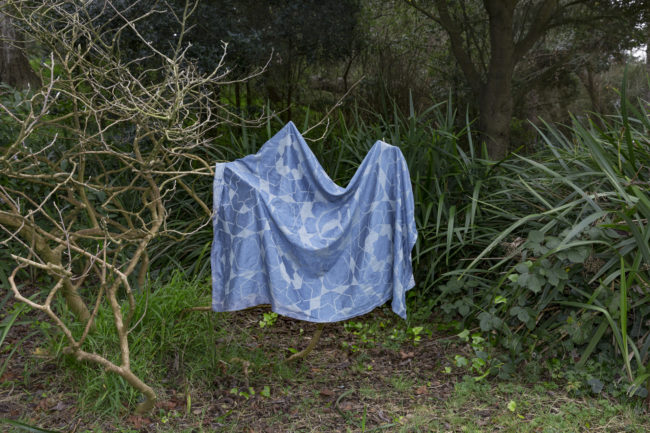
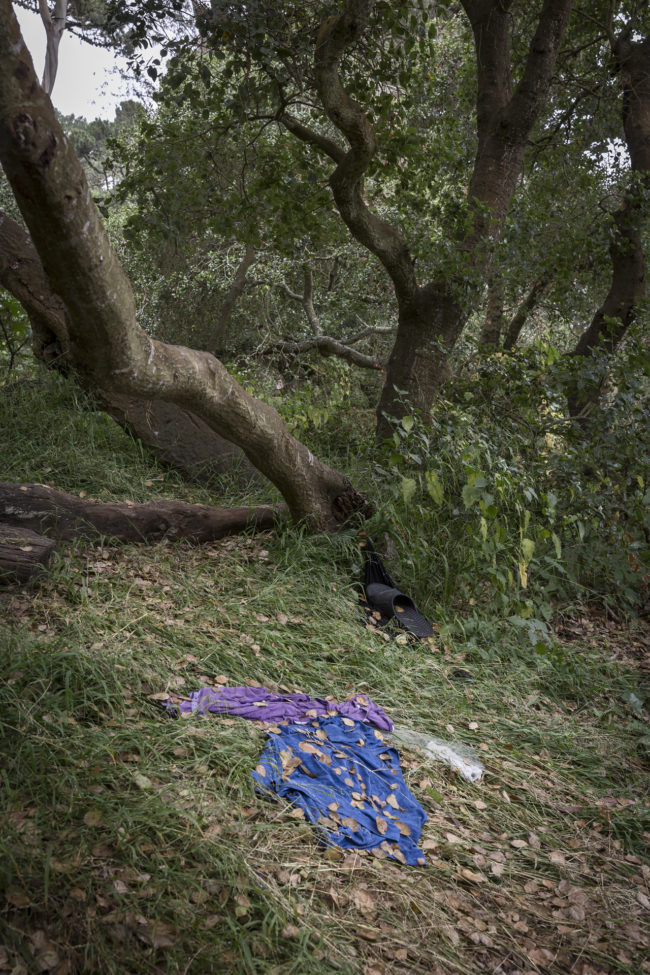



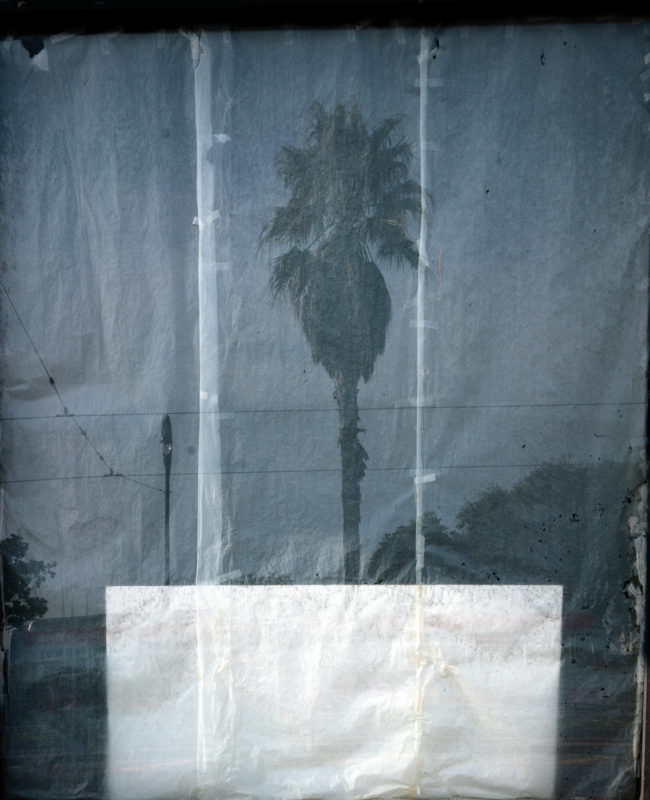
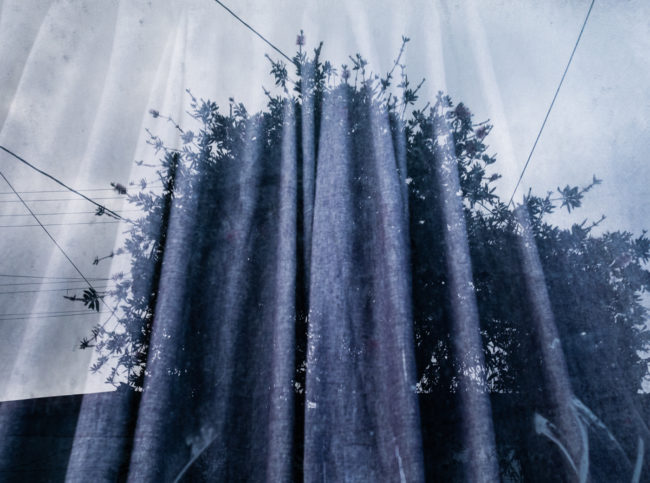

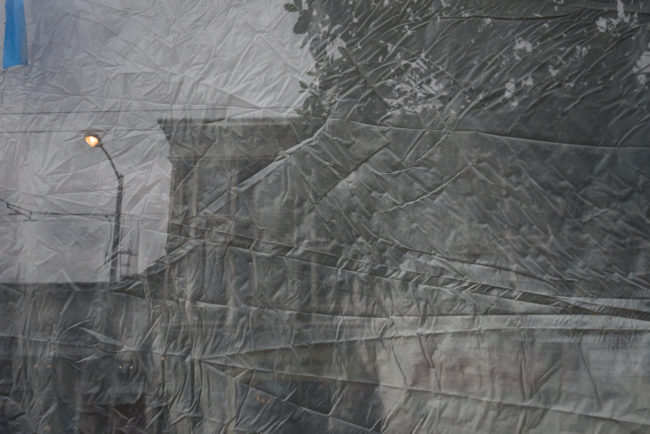
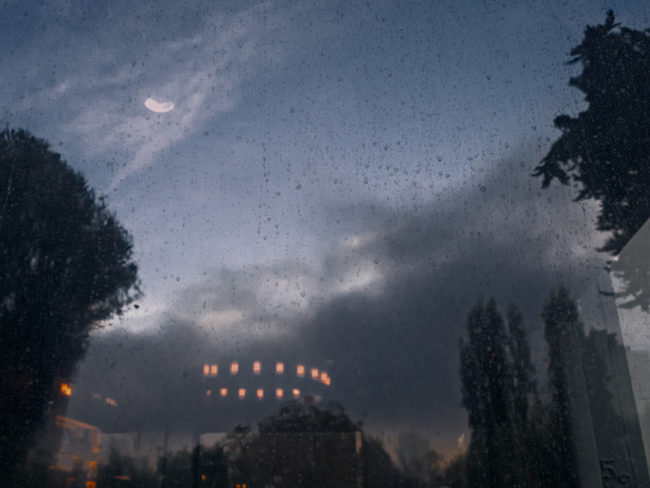
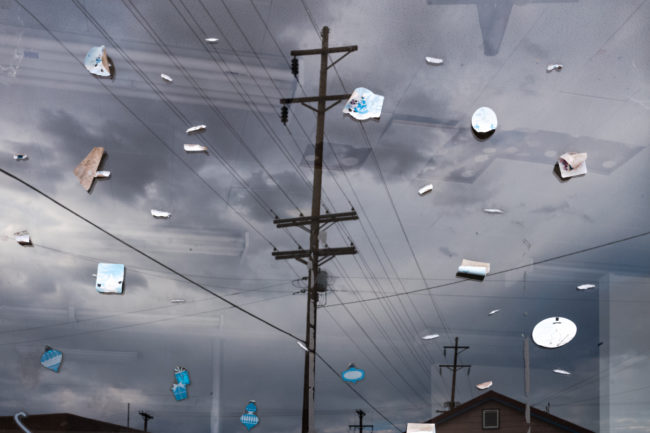
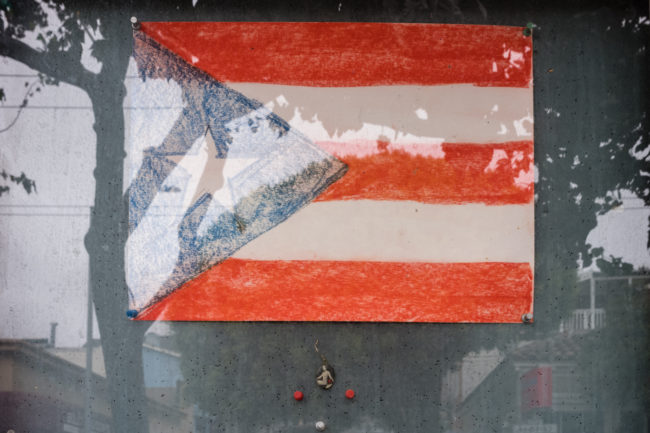
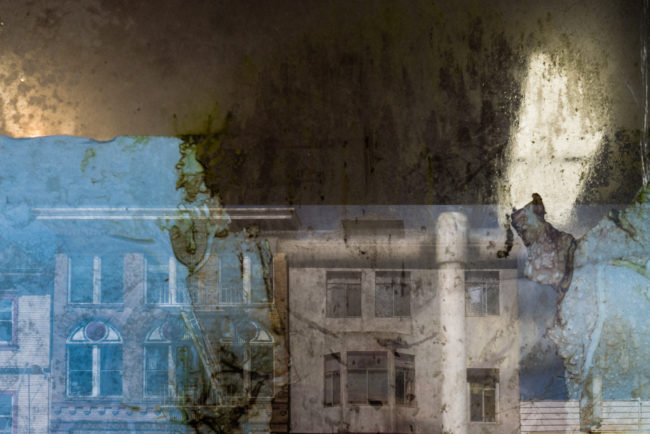
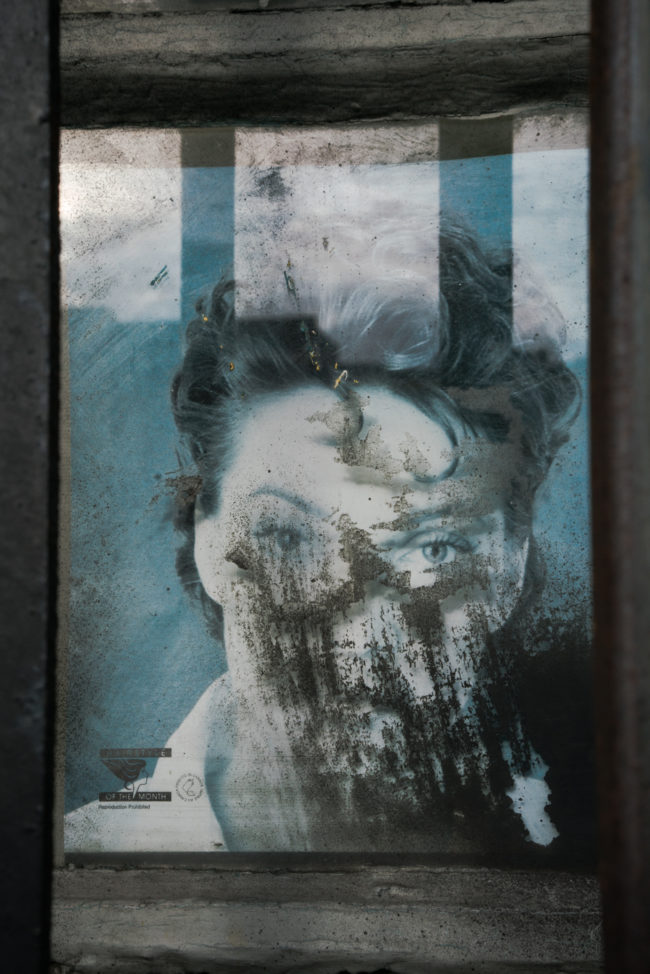






2 Comments
A lotta good stuff here- but those twin houses are classic Dynamite! Hope there’s a book…
Awesome entry today!
Keep ‘em coming
Comments are closed for this article!